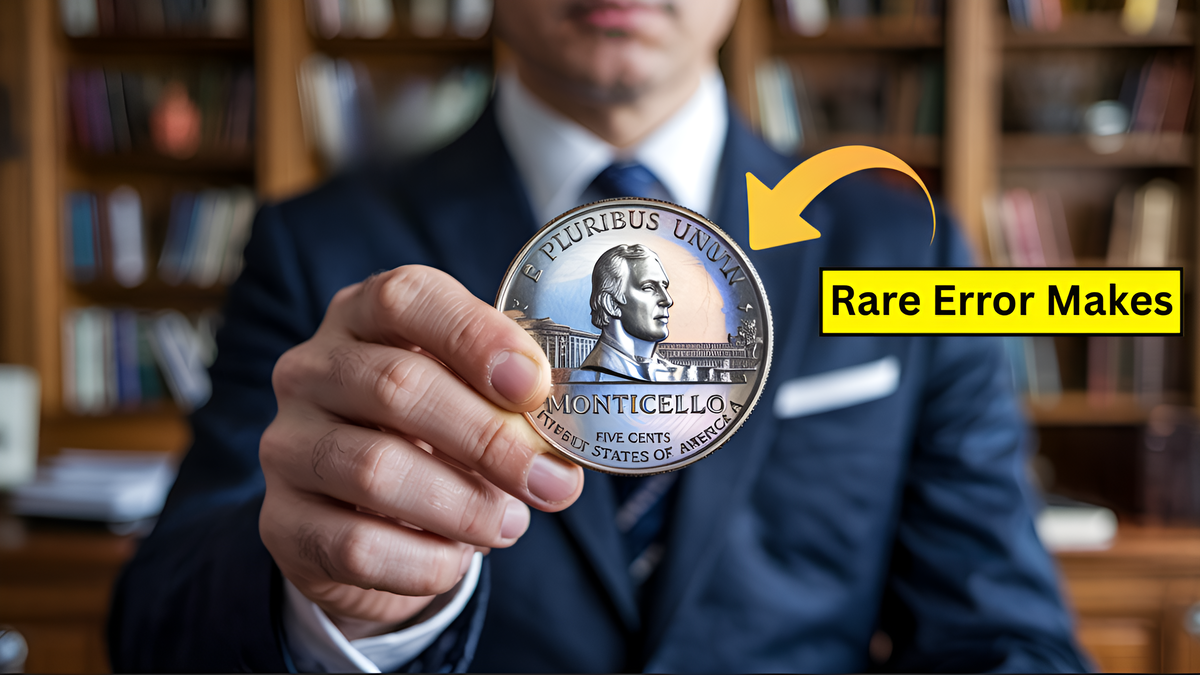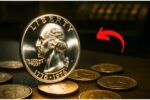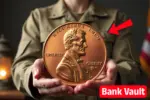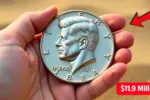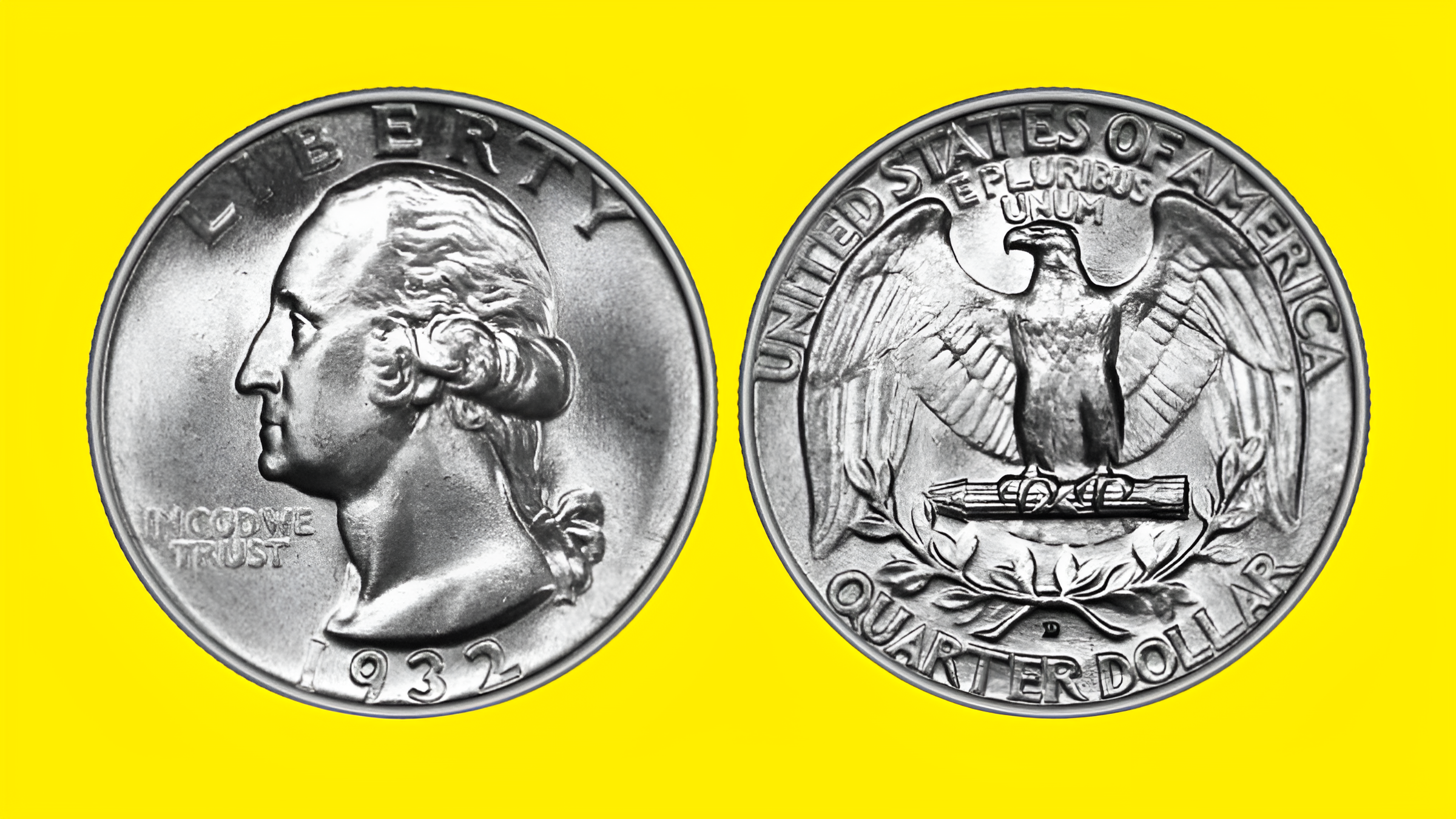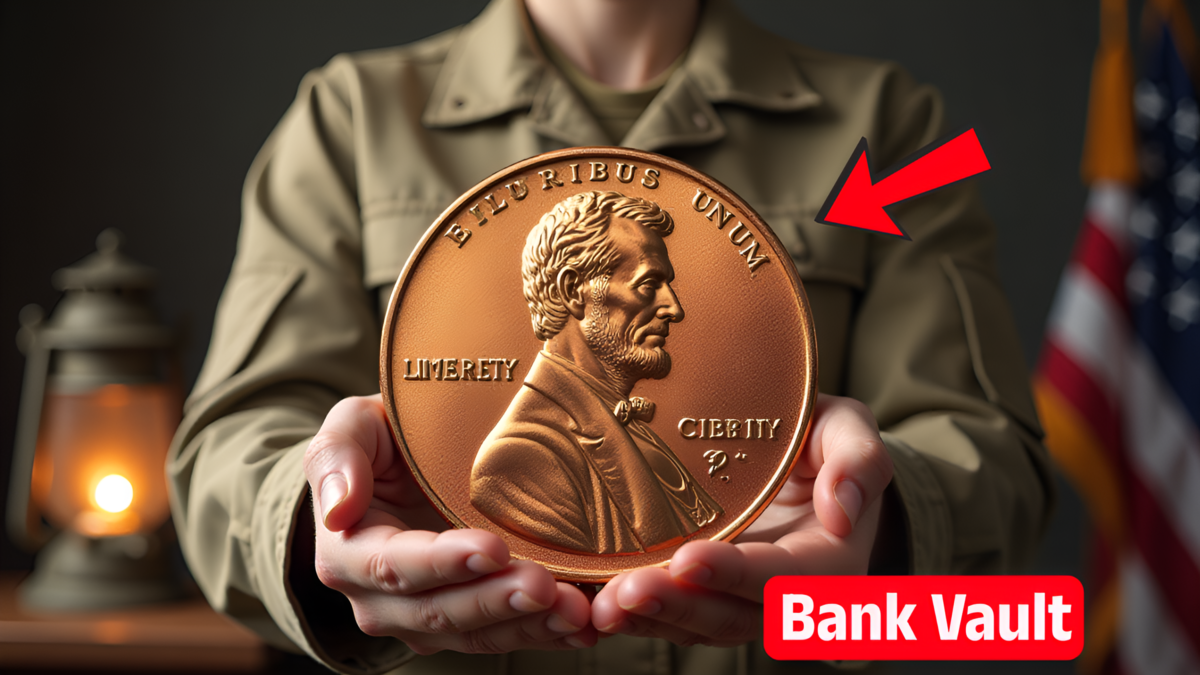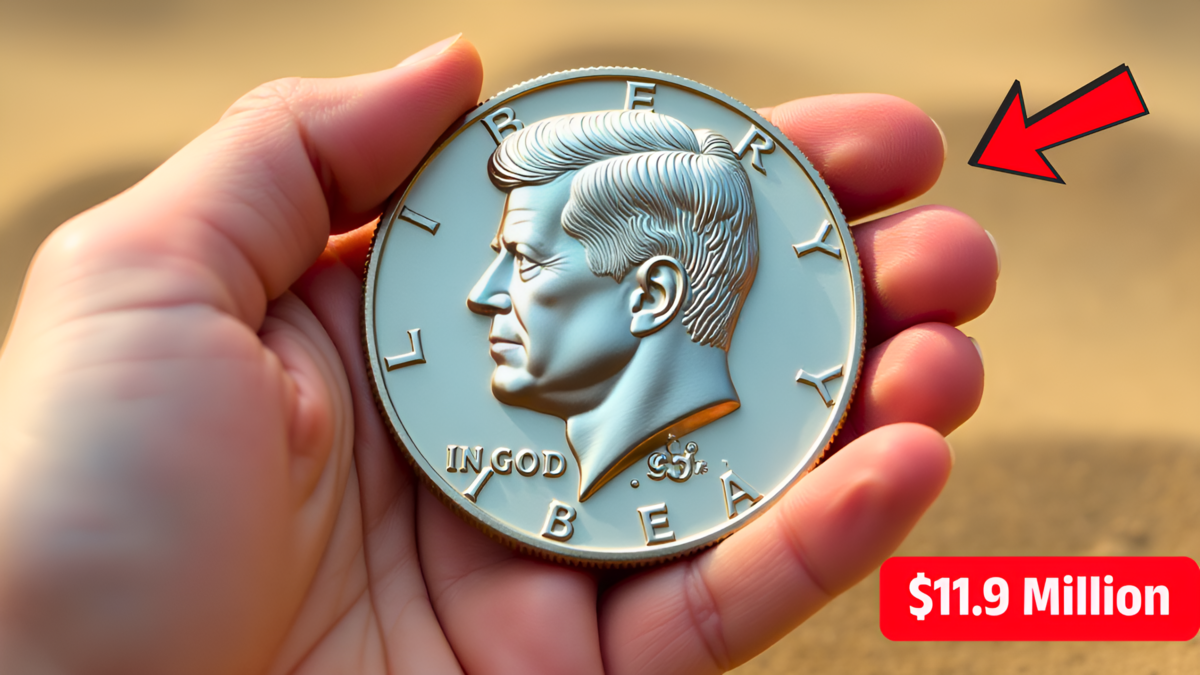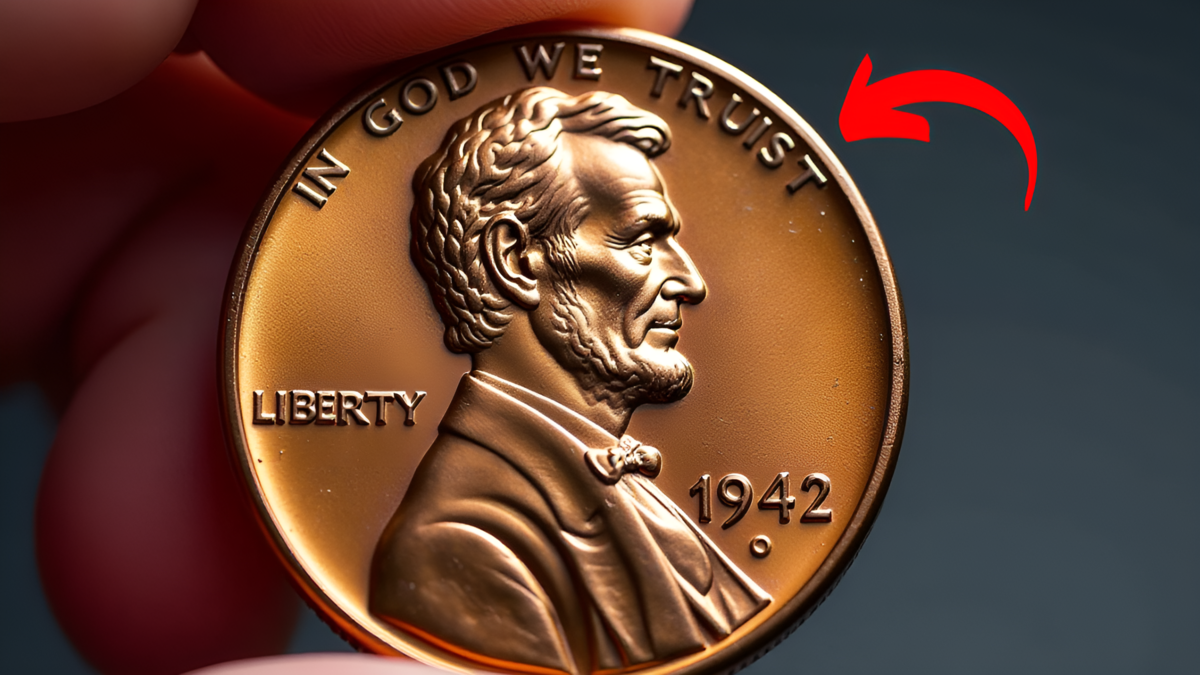The world of coin collecting, or numismatics, is filled with intrigue and fascination. Rare coins capture the imagination of collectors and historians alike, each representing not just monetary value but a piece of history that tells a story. Among the countless coins minted in America’s rich history, few stand out as much as the Jefferson nickel. And one particular Jefferson nickel, distinguished by a rare minting error, has become one of America’s most valuable coins. Its unique anomaly and remarkable history make it a sought-after treasure, not just for its monetary worth but for the story it holds.
Origins of the Jefferson Nickel
Introduced in 1938, the Jefferson nickel replaced the Buffalo nickel that had dominated circulation for the previous 25 years. The Jefferson nickel was a tribute to Thomas Jefferson, one of the United States’ Founding Fathers and the third President. Designed by sculptor Felix Schlag, the nickel features Jefferson’s profile on the obverse (front) side and Monticello, Jefferson’s Virginia home, on the reverse (back). These design elements make the coin a recognizable staple of American currency.
While millions of Jefferson nickels have been produced over the decades, some have risen to legendary status due to mint errors. Mint errors are unintentional mistakes made during the coin’s production that result in unique variations. And one such minting mistake the doubled die error has transformed an ordinary Jefferson nickel into an extraordinary collector’s item.
The Fascinating World of Mint Errors
Mint errors are a collector’s delight. From simple off-center strikes to dramatic die breaks, errors in minting often turn routine currency into objects of fascination. Mint errors highlight the complexities of coin production, offering insight into the meticulous process behind minting and the occasional imperfections that slip through.
Errors can occur during various stages of production, such as die preparation, planchet creation, and striking. Of these, doubled die errors are particularly intriguing. A doubled die error occurs when the die used to stamp the coin design is incorrectly prepared, resulting in design elements that appear doubled. This error can affect inscriptions, portraits, or even intricate details, creating a coin that is unique among its peers.
The Jefferson Nickel and the Famous Doubled Die Error
The Jefferson nickel in question hails from the year 1943, an era marked by World War II. During this time, nickel was a vital resource for the war effort, prompting the U.S. Mint to change the composition of the coins. The wartime nickels, minted between 1942 and 1945, contained an alloy of silver, manganese, and copper, giving them a distinctive look and feel.
In 1943, a rare doubled die error occurred in the production of Jefferson nickels. This error is most notable on the inscriptions on the reverse side “Monticello” and “Five Cents” which appear doubled under magnification. The obverse side, featuring Jefferson’s profile, also displays subtle doubling. These imperfections elevate the coin from standard currency to a prized collectible.
The historical context of the 1943 doubled die Jefferson nickel adds to its allure. Produced during wartime, the coin represents a period of resourcefulness and adaptation. Its unique error makes it a tangible piece of history, embodying the era’s challenges and ingenuity.
Why Collectors Covet This Coin
The value of the 1943 doubled die Jefferson nickel lies in its rarity and condition. Mint errors like doubled dies are relatively uncommon, and wartime nickels with this specific anomaly are even rarer. Collectors are drawn to the coin not only for its monetary worth but for its historical significance and aesthetic appeal.
Coins in mint condition those with little to no wear command the highest prices. For instance, a 1943 doubled die Jefferson nickel in pristine condition has been known to sell for over $10,000 at auction. The combination of rarity, historical context, and exceptional condition makes this coin one of America’s most valuable nickels.
Identifying the Rare Jefferson Nickel
For collectors and enthusiasts hoping to uncover this treasure, knowing how to identify the 1943 doubled die Jefferson nickel is crucial. Start with a magnifying glass or loupe, as the doubling is most evident under magnification. Examine the inscriptions on the reverse side, particularly “Monticello” and “Five Cents.” Look for distinct doubling that sets the coin apart from others.
The coin’s luster and weight are also worth noting. Wartime nickels have a unique composition that gives them a different sheen compared to standard nickels. To ensure authenticity, consider having the coin graded and verified by a reputable numismatic service. This step is essential in a market where counterfeits can be an unfortunate reality.
The Appeal of Error Coins
Error coins like the 1943 doubled die Jefferson nickel hold a special place in the numismatic world. They represent the unexpected, offering a glimpse into the imperfections of a process designed for uniformity. For collectors, these coins are more than just currency they’re artifacts that capture moments of history and artistry.
Owning an error coin is a celebration of serendipity. It’s a reminder that even in a world striving for perfection, flaws can create beauty and value. The 1943 Jefferson nickel, with its unique doubled die error, is a testament to this idea.
Getting Started in Coin Collecting
If the story of the 1943 Jefferson nickel has sparked your interest in numismatics, here are some tips to help you embark on your collecting journey:
- Research and Learn: Familiarize yourself with coin history, minting processes, and the characteristics of valuable coins. Knowledge is your most valuable tool as a collector.
- Invest in Essentials: Acquire tools like magnifying glasses, reference books, and coin storage supplies to enhance your collecting experience.
- Buy From Trusted Sources: Ensure authenticity by purchasing coins from reputable dealers, auction houses, or grading services.
- Connect With Communities: Join numismatic clubs or online forums to share insights and learn from experienced collectors.
- Pursue Your Passion: Coin collecting is more than an investment it’s a journey of discovery. Enjoy the stories and history behind each coin you add to your collection.
Conclusion
The rare error that defines this Jefferson nickel transforms it from a simple coin into a national treasure. Its doubled die anomaly, combined with its wartime history, makes it one of the most valuable and captivating coins in America’s numismatic legacy. For seasoned collectors and curious newcomers alike, this coin represents the thrill of the hunt the joy of discovering something extraordinary in the everyday.
Whether you’re sifting through loose change or exploring auctions, remember that each coin has a story. And sometimes, an ordinary nickel can become an extraordinary symbol of history and human ingenuity.
FAQs
What year is the rare doubled die Jefferson nickel from?
The rare doubled die Jefferson nickel is from the year 1943.
What should I look for to identify the 1943 doubled die Jefferson nickel?
Look for doubling on the words “Monticello” and “Five Cents” on the reverse side.
Why were 1943 Jefferson nickels made with different materials?
Nickel was needed for World War II efforts, so coins used a silver, manganese, and copper alloy.
How much can a 1943 doubled die Jefferson nickel be worth?
In pristine condition, it can sell for over $10,000 at auction.
Where can I verify the authenticity of my Jefferson nickel?
You can have it graded and authenticated by a reputable numismatic service.
